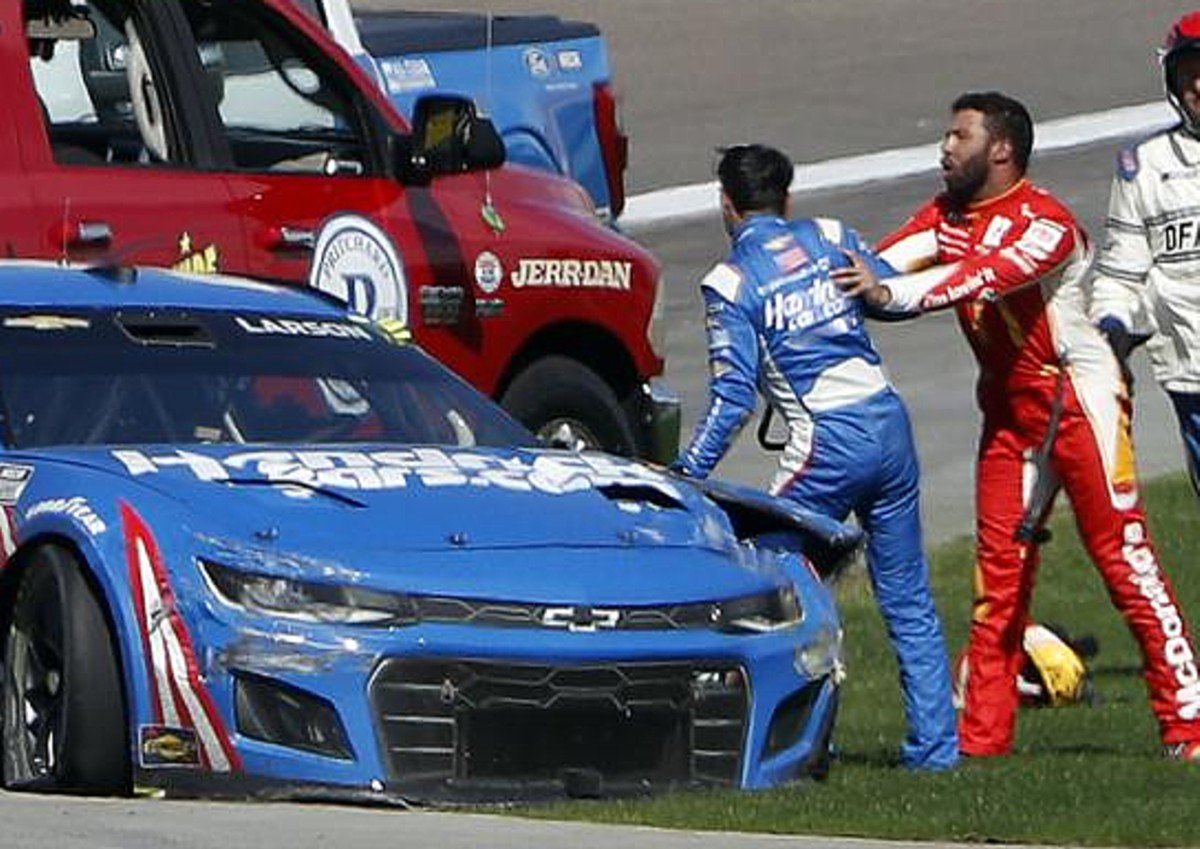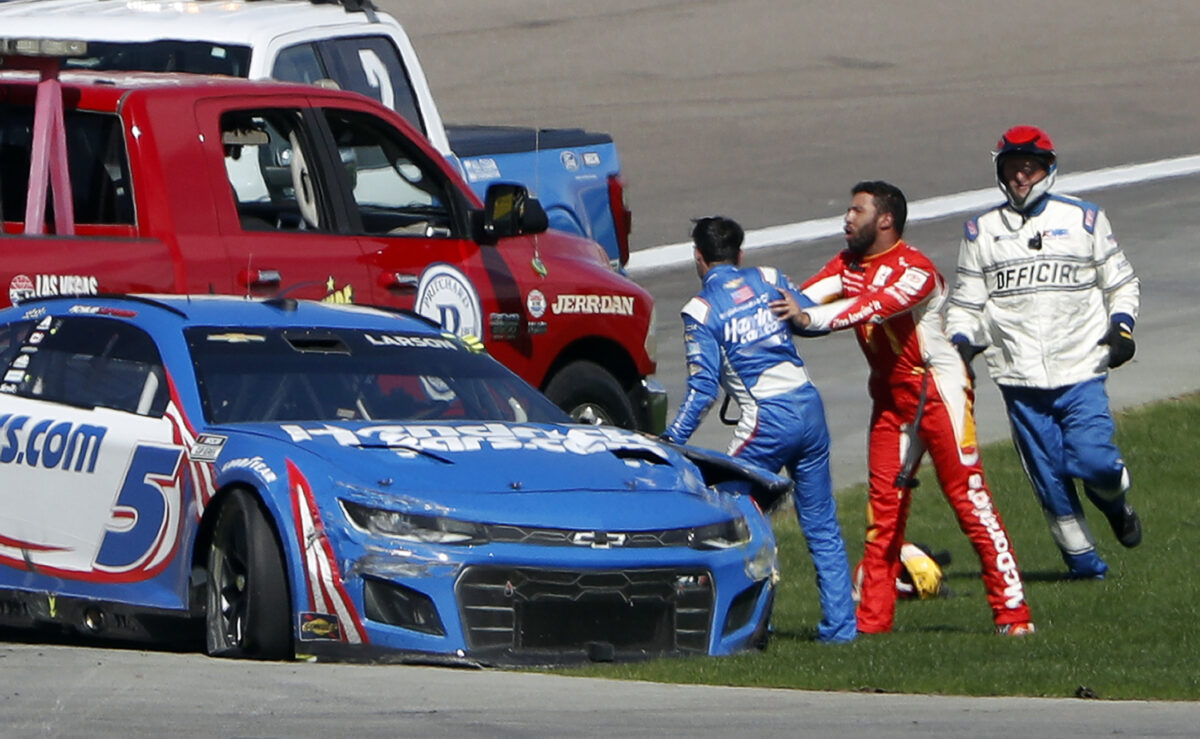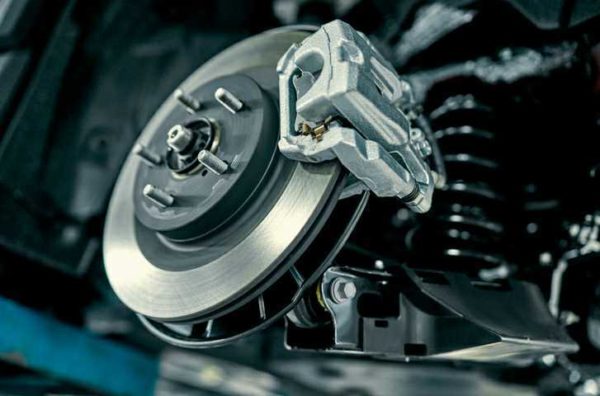Roadblocks To Elon Musk's Fully Autonomous Robotaxi Network

Table of Contents
Technological Hurdles in Achieving Fully Autonomous Driving
The technology behind fully autonomous robotaxis is incredibly complex, and several significant hurdles remain before we can confidently deploy these vehicles at scale.
The Complexity of Edge Cases
Self-driving systems, even the most advanced, struggle with unpredictable situations. These "edge cases" represent scenarios not adequately accounted for in the training data of the AI systems powering these vehicles.
- Difficulty in programming for every conceivable scenario: The sheer number of possible interactions between autonomous vehicles, pedestrians, cyclists, and other road users is virtually infinite. Programming for every conceivable scenario is a monumental task.
- Limitations of current sensor technology in low-visibility situations: Current sensor technology, including lidar, radar, and cameras, can struggle in adverse weather conditions like heavy rain, snow, or fog, significantly impacting the vehicle's ability to perceive its surroundings.
- Unpredictable human actions remain a major challenge: Human behavior is inherently unpredictable. A pedestrian unexpectedly darting into the street, a cyclist weaving through traffic, or a driver making an illegal turn are just a few examples of situations that can easily confound even the most sophisticated autonomous driving systems.
Ensuring Robust AI and Machine Learning
The AI powering autonomous vehicles needs to be exceptionally reliable and adaptable. This requires continuous improvement and refinement through ongoing data collection and machine learning.
- Ongoing need for data collection and model training: Autonomous vehicles require vast amounts of data to train their AI systems. This data needs to be carefully curated, labeled, and used to continuously improve the performance and safety of the self-driving algorithms.
- Potential for biases in training data leading to safety risks: Biases in the training data can lead to skewed decision-making by the AI, potentially resulting in safety risks. Ensuring diverse and representative datasets is critical to mitigate this risk.
- Concerns about the explainability and transparency of AI decision-making: Understanding how an AI system arrives at a particular decision is crucial for debugging, improving safety, and building public trust. The "black box" nature of some AI algorithms presents a challenge in this regard.
Hardware Limitations and Cost
The hardware required for fully autonomous driving is expensive and complex. This poses significant challenges for both the development and deployment of robotaxis.
- High initial investment costs for vehicle upgrades: Equipping existing vehicles with the necessary sensors, computing power, and other hardware components represents a substantial upfront investment.
- Ongoing maintenance and replacement of expensive sensor systems: The sensors used in autonomous vehicles are expensive and require regular maintenance and replacement. This adds to the overall cost of ownership and operation.
- Scalability challenges in producing and deploying sufficient autonomous vehicles: Mass-producing and deploying the sheer number of autonomous vehicles required for a widespread robotaxi network presents a major logistical and economic challenge.
Regulatory and Legal Obstacles to Robotaxi Deployment
Even with technologically perfect self-driving cars, regulatory and legal hurdles stand in the way of widespread robotaxi adoption.
Navigating Complex Regulatory Landscapes
The regulatory landscape surrounding autonomous vehicles varies significantly across jurisdictions, creating challenges for companies aiming for nationwide or global deployment.
- Varying safety standards and testing requirements: Different regions have different standards for testing and approving autonomous vehicles, making it difficult for companies to comply with a multitude of regulations.
- Legal liability in case of accidents involving autonomous vehicles: Determining liability in the event of an accident involving an autonomous vehicle is a complex legal issue that needs to be clearly defined.
- Complex permitting processes and licensing requirements: Obtaining the necessary permits and licenses to operate robotaxis can be a lengthy and bureaucratic process.
Addressing Public Safety Concerns
Public acceptance and trust are essential for the success of autonomous vehicle technology. Addressing public safety concerns is paramount.
- Need for transparent safety data and rigorous testing protocols: Public trust requires transparency in safety data and rigorous, publicly verifiable testing protocols.
- Public education campaigns to build trust and understanding: Educating the public about the safety features and capabilities of autonomous vehicles can help alleviate concerns and build confidence.
- Addressing potential job displacement concerns for human drivers: The potential displacement of human drivers needs to be addressed through retraining programs and social safety nets.
Insurance and Liability Issues
Establishing clear liability in accidents involving autonomous vehicles is a significant legal challenge.
- Determining responsibility between manufacturers, software developers, and vehicle owners: Assigning responsibility for accidents involving autonomous vehicles requires careful consideration of the roles of various stakeholders.
- Establishing appropriate insurance models for autonomous vehicles: Traditional insurance models may not be suitable for autonomous vehicles, requiring the development of new insurance products and risk assessment methodologies.
- Adapting existing legal frameworks to accommodate autonomous driving technology: Existing legal frameworks need to be updated to accommodate the unique aspects of autonomous driving technology.
Infrastructure Requirements for a Successful Robotaxi Network
The successful operation of a robotaxi network relies heavily on robust supporting infrastructure.
The Need for High-Definition Mapping
Accurate and up-to-date maps are crucial for safe and efficient autonomous navigation.
- Cost and effort involved in creating and maintaining high-definition maps: Creating and maintaining high-definition maps that accurately reflect real-world conditions is a costly and labor-intensive undertaking.
- Challenges in updating maps to reflect dynamic changes in road conditions: Road conditions change constantly, requiring frequent updates to the maps used by autonomous vehicles.
- Ensuring data security and privacy related to mapping data: Protecting the security and privacy of the mapping data used by autonomous vehicles is critical.
Optimizing Network Infrastructure
A successful robotaxi network requires sophisticated infrastructure for vehicle management and communication.
- Need for robust communication networks (5G, etc.) for real-time data transmission: Reliable high-bandwidth communication networks are crucial for real-time data transmission between autonomous vehicles and the network infrastructure.
- Development of efficient charging infrastructure for electric autonomous vehicles: If robotaxis are electric, a robust and widespread charging infrastructure is necessary.
- Management of vehicle dispatch and traffic flow optimization: Efficiently managing the dispatch of robotaxis and optimizing traffic flow is crucial for maximizing efficiency and minimizing congestion.
Conclusion
While Elon Musk's vision of a fully autonomous robotaxi network is compelling, numerous significant roadblocks – technological, regulatory, and infrastructural – currently hinder its widespread implementation. Overcoming these challenges will require substantial investment, collaboration between various stakeholders, and careful consideration of safety, ethical, and societal implications. The future of the fully autonomous robotaxi remains uncertain, but addressing these roadblocks is crucial for realizing the potential of this transformative technology. Further research and development, coupled with proactive regulatory frameworks, are vital to paving the way for a safe and efficient fully autonomous robotaxi network. Investing in robust solutions to these challenges is key to unlocking the potential of the fully autonomous robotaxi and its transformative impact on transportation.

Featured Posts
-
 Open Ais Chat Gpt Under Ftc Scrutiny A Deep Dive
Apr 25, 2025
Open Ais Chat Gpt Under Ftc Scrutiny A Deep Dive
Apr 25, 2025 -
 Steamier Than Expected Netflix Thrillers Accent Surprise
Apr 25, 2025
Steamier Than Expected Netflix Thrillers Accent Surprise
Apr 25, 2025 -
 Navigating The Legal System After A Car Accident The Role Of A Lawyer
Apr 25, 2025
Navigating The Legal System After A Car Accident The Role Of A Lawyer
Apr 25, 2025 -
 Stranger Things Star Sadie Sink Reflects On The Reality Of Child Fame
Apr 25, 2025
Stranger Things Star Sadie Sink Reflects On The Reality Of Child Fame
Apr 25, 2025 -
 The Shifting Landscape Of Condo Investment In Canada
Apr 25, 2025
The Shifting Landscape Of Condo Investment In Canada
Apr 25, 2025
Latest Posts
-
 Phoenix Race Bubba Wallaces Crash Attributed To Brake Failure
Apr 28, 2025
Phoenix Race Bubba Wallaces Crash Attributed To Brake Failure
Apr 28, 2025 -
 Bubba Wallace Involved In Nascar Phoenix Crash Due To Brake Problems
Apr 28, 2025
Bubba Wallace Involved In Nascar Phoenix Crash Due To Brake Problems
Apr 28, 2025 -
 Brake Issues Cause Bubba Wallace To Crash At Phoenix Raceway
Apr 28, 2025
Brake Issues Cause Bubba Wallace To Crash At Phoenix Raceway
Apr 28, 2025 -
 Nascar Phoenix Bubba Wallace Suffers Brake Failure Crashes
Apr 28, 2025
Nascar Phoenix Bubba Wallace Suffers Brake Failure Crashes
Apr 28, 2025 -
 Bubba Wallaces Phoenix Crash Brake Failure Causes Wall Impact
Apr 28, 2025
Bubba Wallaces Phoenix Crash Brake Failure Causes Wall Impact
Apr 28, 2025
